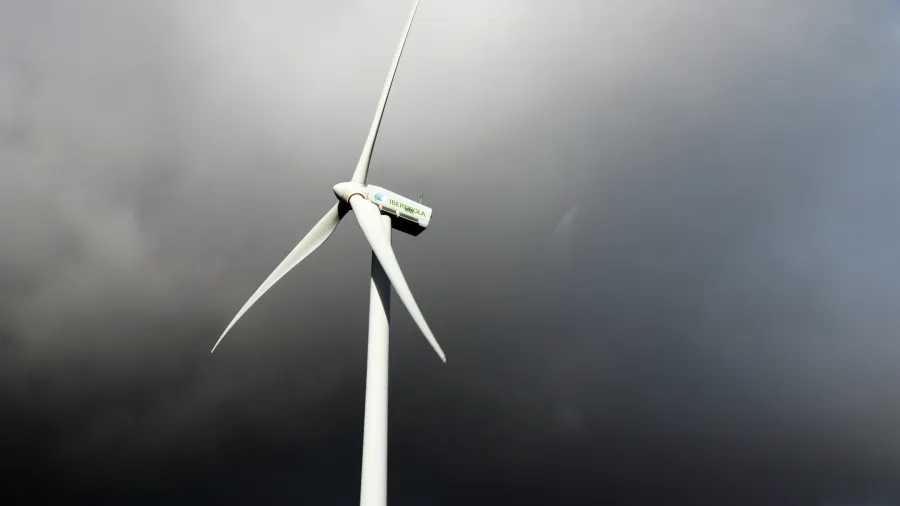
Offshore wind struggles as Asia faces regulatory bottlenecks
This may challenge Asia’s momentum in replacing Europe as the largest offshore wind market.
With the skyrocketing coal and gas prices, markets are better off building renewables that have become cheaper over the years. Offshore wind particularly has strong growth potential in Asia, but the industry could face headwinds as governments determine fitting policies.
In its Global Offshore Wind Report 2022, the Global Wind Energy Council (GWEC) projected an additional 315 gigawatts (GW) of new capacity between 2022 and 2031, bringing the total to 370GWs.
The GWEC forecasts that Asia will account for around 53% of the 146GW total installations by 2026, overtaking Europe at 39%. Europe is expected to catch up by the start of the next decade as it is seen to make up 46% of the 370GW estimated capacity, whilst Asia slips slightly behind at 45%.

“These renewable energy sources have only really been mature markets for five or 10 years. Offshore wind may be mature in northwest Europe, but in much of the rest of the world, it's still very, very new,” Mark Hutchinson, Chair, Southeast Asia, Task Force, Global Wind Energy Council, told Asian Power.
“If you think about it, all these countries that are implementing offshore wind, they've never done it before. It’s a steep learning curve.”
GWEC is a trade association that works with both the private sector and governments across the world, bringing them together to share insights into the clean energy transition.
Asia is expected to be the largest offshore wind market in 2022. Tell us more about this and its potential to replace Europe.
Europe has historically been the growth driver for offshore wind, but now it's Asia, largely due to China. Increasingly Taiwan has a fairly robust market and in order of the next large-scale commercial operations, it will be Japan, then Korea, and then some combination of Australia, the Philippines, Vietnam, and India.
This is driven by the global trends in net zero and ESG investing. Asia serves as the supply chain for much of the rest of the world. When you have large corporations committing to ESG, or joining the RE 100, then you have countries that supply or feed into those supply chains. They see the need to really focus on renewables and with the Russian-Ukrainian war, you're now adding an increased emphasis on energy security.
Now it's pure economics as well with the surge in coal and gas prices almost everywhere, renewables are now cheaper. It’s now cheaper to build a new wind project or solar project than it is just to run an existing coal project in countries like Vietnam, Taiwan, or the Philippines because they all import coal.
Are there barriers that could hold back the growth of offshore wind in their region?
Many countries have regulatory structures in place to deal with offshore oil and gas, like Australia, or Vietnam. When you get into offshore wind, they've never done it. They’re developing these new regulatory systems and new policies. A lot of times there are bottlenecks in trying to figure this out. They don't know where, or which ministry is responsible for what? It’s inevitable that you're going to have some policy and regulatory bottlenecks when you're dealing with something that's so new. This is where it falls down because many prime ministers and presidents around the region have made some pretty bold commitments. When you get one or two levels below that into the ministries that have to implement, that's where you really start to face the implementation challenges.
In what ways can the public sector and the private sector help in developing offshore wind?
As a trade association, we work with governments, with our members that are large turbine manufacturers like GE, Vestas, Siemens Gamesa, Chinese manufacturers like Mingyang, or Goldwind, and developers, like Orsted, Mainstream Renewables, Corio and others. We also have various taskforces and working groups where we work closely with governments in the region. We have, for example, a Vietnam offshore working group, and a Korean offshore working group.
These working groups put together white papers and share best practices and case studies from international experience. We sometimes organise study tours. We do a lot of workshops, sometimes closed-door workshops. We also often have delegations where we bring our member companies to meet with government agencies, and again, share best practices and give examples of what's happened around the world.
I think the key point is keeping the government and industry talking, sharing and building trust. A huge amount of my job is going from meeting to meeting, workshop to workshop, and really building trust with the government. When there's a question, or when they have something that they don't understand, they reach out to us and we provide information or point them ‘here's what Ireland did,’ or, ‘here's what Germany did,’ ‘here's what California is doing.’ We do this so that they can see examples and get ideas as to what may work and what may not because every country is just a little bit different. You can't just take one regulatory structure or solution there and put it over here.
What other markets will lead the growth of offshore wind in the region? What will be the growth drivers in these markets?
In general order of offshore wind size and speed of implementation, China, Taiwan, Japan, and Korea. We’re also saying that Vietnam, the Philippines, India, and Australia, not necessarily in that order, will implement sometime in the second half of this decade.
The key drivers for all of them are generally the same, that is a move towards renewables, a move towards net zero, and the increasing focus on energy security. Given the volatility in commodity markets, it's also simply economics As it is cheaper to build a new wind or solar project in Vietnam than to pay for the coal in an existing power plant in Vietnam. The same is true for Taiwan or the Philippines - it’s increasingly moving to an economic decision rather than a net zero or a carbon-neutral decision.
What is your outlook for 2023
Offshore wind had its best year in 2021 because of incentives in China that were expiring at the end of the year. In 2021, 90% of the 17.8GW new offshore installation in Asia were from China. In 2022, new offshore installations in the region are projected at 5.9GW, so a big drop. But we expect significant growth going forward, we just don't expect to see the same thing that happened in 2021 until around 2025.
We’re very positive about the future of solar, onshore wind, and offshore wind. The world is moving in this way. My background is in the general power sector, so I have financed coal projects, and I've worked on gas projects, but the world is changing. If the industry in the region doesn't move more quickly in the implementation of this, it is going to create a disadvantage for the region vis-a-vis other regions. The move to renewables is inevitable for a bunch of reasons–economics, energy security, and net zero. We see a bright future and we are working hard with various governments to remove the bottlenecks to the implementation of renewables.

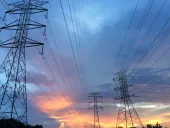
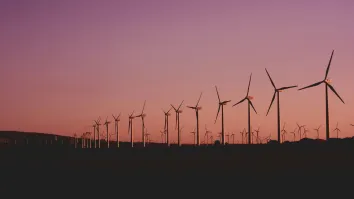
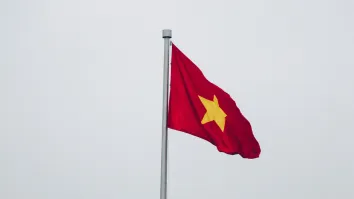
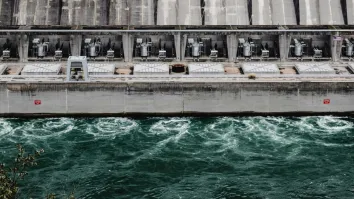
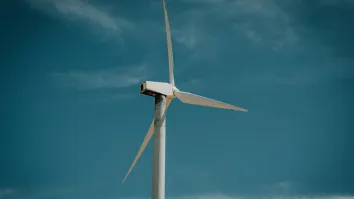













 Advertise
Advertise






